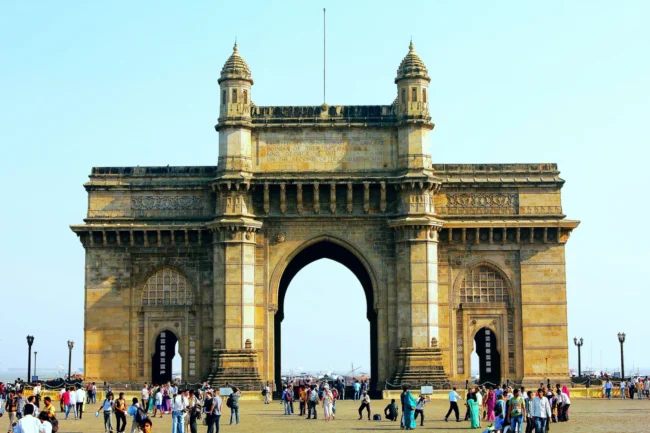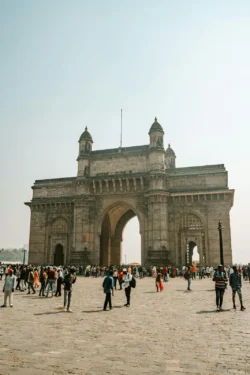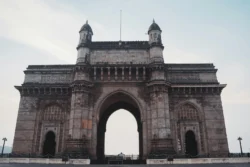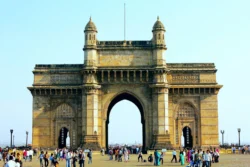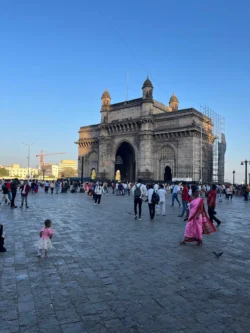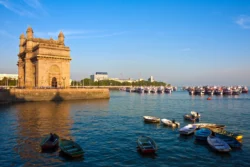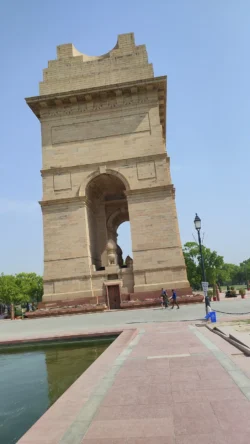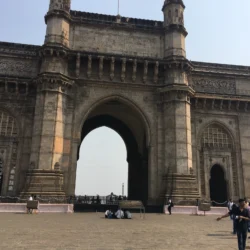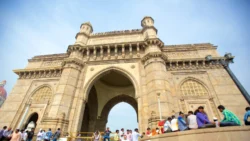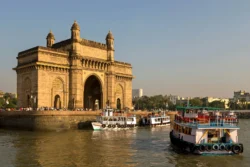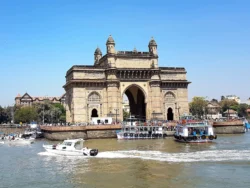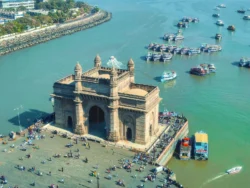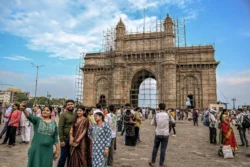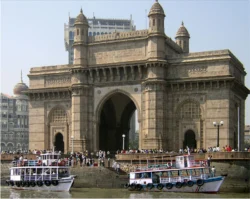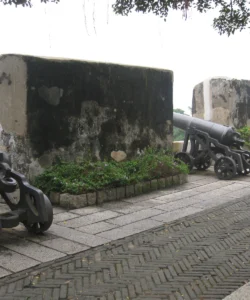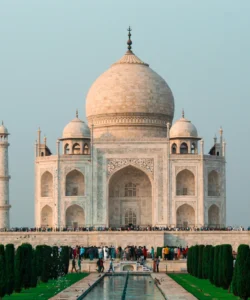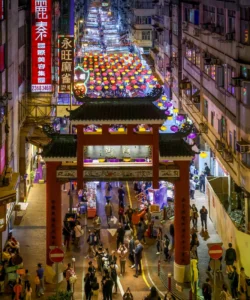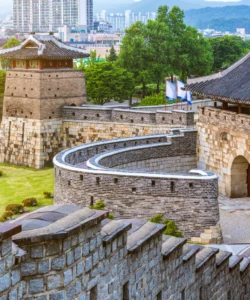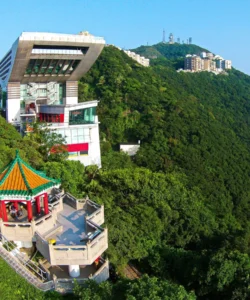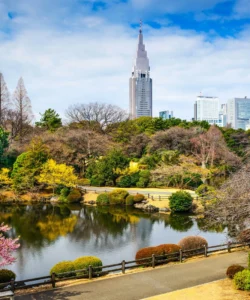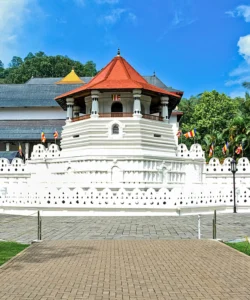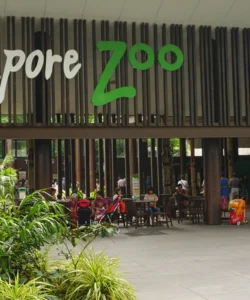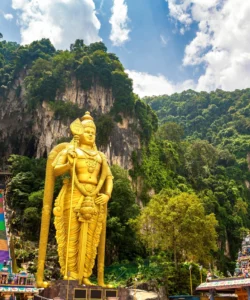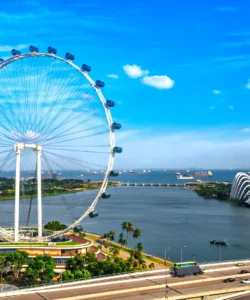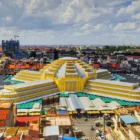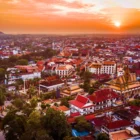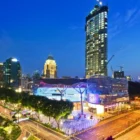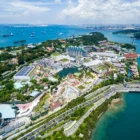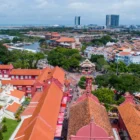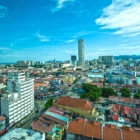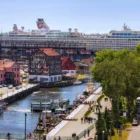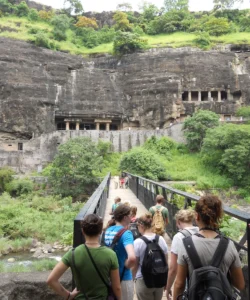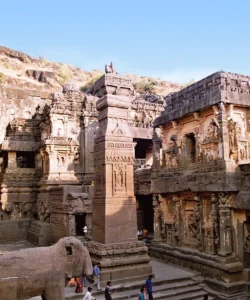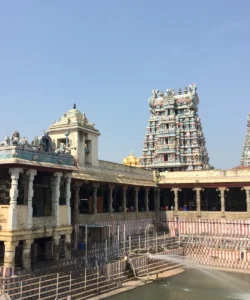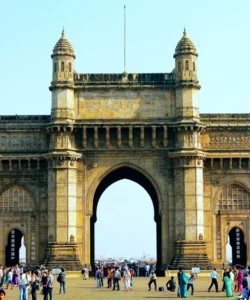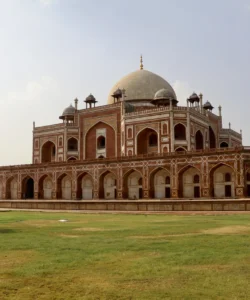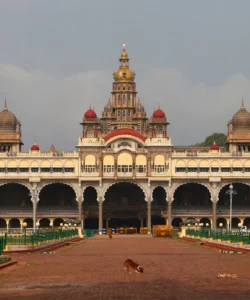The Gateway of India is a grand arch-monument that stands as a majestic symbol on the waterfront of Mumbai, India. Built to commemorate the landing of King George V and Queen Mary in 1911, it later became a poignant symbol of departure when the last British troops left independent India through its arch in 1948. Today, it is a bustling hub for tourists and a central landmark of Mumbai.
Name: Gateway of India
Address: Apollo Bunder, Colaba, Mumbai, Maharashtra 400001, India.
It is prominently located at the tip of Apollo Bunder, overlooking the Mumbai Harbour and the Arabian Sea.
How to Get There:
The Gateway of India is a prime tourist attraction in South Mumbai and is well-connected:
- By Air: The closest airport is Chhatrapati Shivaji Maharaj International Airport (BOM) in Mumbai. From the airport, it’s about a 1-hour to 1.5-hour drive to the Gateway, depending on traffic. Taxis or ride-sharing apps (Uber/Ola) are readily available.
- By Train (Local Suburban Railway): If you are already in Mumbai, you can take the local train to Churchgate Station (on the Western Line) or Chhatrapati Shivaji Terminus (CST) (on the Central and Harbour Lines). From Churchgate, it’s about a 10-15 minute taxi/auto-rickshaw ride or a 25-minute walk. From CST, it’s about a 10-15 minute taxi/auto-rickshaw ride.
- By Bus: Mumbai has an extensive bus network (BEST). Numerous bus routes pass by or near the Gateway of India.
- By Taxi/Ride-Sharing (Uber/Ola): Convenient for direct travel from any part of Mumbai.
- By Ferry: The Gateway of India is also the main departure point for ferries to Elephanta Caves (a UNESCO World Heritage Site) and other islands in Mumbai Harbour. Many smaller boat rides around the harbor also start from here.
- Walking: If staying in the Colaba, Fort, or Churchgate areas, the Gateway of India is often within walking distance.
- No Entrance Fee: There is no fee to enter the Gateway of India monument area.
Landscape and Architecture:
The Gateway of India is an impressive architectural structure that fuses various styles, set against the backdrop of the Arabian Sea and a bustling urban environment.
- Triumphal Arch Design: The monument is designed as a grand triumphal arch, standing 26 meters (85 feet) tall. Its central dome has a diameter of 15 meters (49 feet) and reaches a height of 25 meters (83 feet).
- Indo-Saracenic Architecture: The architectural style is primarily Indo-Saracenic Revival, a blend of 16th-century Gujarati architecture (evident in its domes and intricate latticework – jali) with elements of Roman triumphal arches and Muslim architectural features. It features four turrets and intricate stone latticework.
- Yellow Basalt Construction: The Gateway is built of locally sourced yellow basalt and reinforced concrete, giving it a distinctive warm, honey-colored hue.
- Waterfront Setting: It stands majestically on the waterfront, directly overlooking the Mumbai Harbour and the Arabian Sea. Steps behind the arch lead down to the sea, where ferries and boats are docked.
- Statues: On the grounds opposite the monument, statues of the Maratha warrior king Chhatrapati Shivaji Maharaj and the Indian spiritual leader Swami Vivekananda were unveiled in 1961, replacing a statue of King George V.
- Taj Mahal Palace Hotel: Immediately adjacent to the Gateway of India stands the iconic Taj Mahal Palace Hotel, an architectural masterpiece in its own right, built in 1903. Its grand Indo-Saracenic and Victorian Gothic architecture complements the Gateway, creating one of Mumbai’s most famous and recognizable vistas. The contrast between the colonial monument and the grand hotel adds to the area’s charm.
- Bustling Promenade: The area around the Gateway is a vibrant public space, often filled with tourists, local vendors, photographers, and boat operators, creating a lively atmosphere.
What Makes It Famous:
- Symbol of Mumbai: The Gateway of India has become synonymous with the city of Mumbai, serving as its most recognizable landmark and a prime symbol of its rich history and vibrant spirit.
- Colonial History and Symbol of Departure: It was built to commemorate the arrival of King George V and Queen Mary in 1911. However, its historical significance deepened as it became the symbolic point of departure for the last British troops to leave India in 1948, marking the end of British colonial rule and the dawn of India’s independence.
- “Taj Mahal of Mumbai”: It is often affectionately referred to as the “Taj Mahal of Mumbai” due to its grandeur and iconic status as a monument that welcomes visitors arriving by sea.
- Starting Point for Elephanta Caves: It serves as the main embarkation point for ferries heading to the Elephanta Caves, a UNESCO World Heritage Site known for its ancient rock-cut cave temples dedicated to Lord Shiva.
- Boating and Harbor Cruises: The area is a popular hub for various boat rides, from short harbor cruises to yachting experiences, offering unique perspectives of the city skyline and the Gateway from the water.
- Architectural Blend: Its Indo-Saracenic architectural style, a fusion of Hindu and Muslim elements with Western influences, showcases a unique blend of cultures that is characteristic of Mumbai.
- Public Gathering Place: The open plaza around the Gateway is a popular spot for both locals and tourists to relax, enjoy the sea breeze, and take in the iconic views, especially during sunset.
Differences from Some Other Wonders:
- Ceremonial Entrance/Departure Point: Unlike a fort (Red Fort), a palace (Mysuru Palace), or a tomb (Taj Mahal, Humayun’s Tomb), the Gateway of India’s primary purpose and fame stem from its role as a ceremonial point of entry and exit, particularly for colonial figures and, poignantly, the final departure of British rule. This functional symbolism is unique.
- Waterfront Location and Maritime Connection: Its direct location on the Arabian Sea waterfront and its intrinsic link to maritime travel (as a port of arrival/departure and a ferry hub) gives it a distinct character compared to landlocked monuments.
- Colonial Commemoration with Post-Independence Symbolism: While many structures reflect colonial history, the Gateway uniquely embodies both the commemoration of colonial arrival and the symbolic departure of colonial power, making it a powerful monument to the transition to independence.
- Architectural Style and Materials: While other Indian monuments (like the Taj Mahal and Red Fort) showcase Mughal architecture, the Gateway of India is a prominent example of the Indo-Saracenic Revival style with its distinct use of yellow basalt, a different aesthetic and material focus.
- Adjacent to a Famous Hotel: Its immediate proximity to the historic and luxurious Taj Mahal Palace Hotel creates a unique combined landmark vista, where the two structures are almost inseparable in iconic imagery of Mumbai.
- Open, Public Square: Unlike ticketed heritage sites that control entry to their inner compounds, the Gateway of India is primarily an open, accessible public monument that serves as a bustling gathering point, providing a different interaction experience.
Gateway of India Photos:
